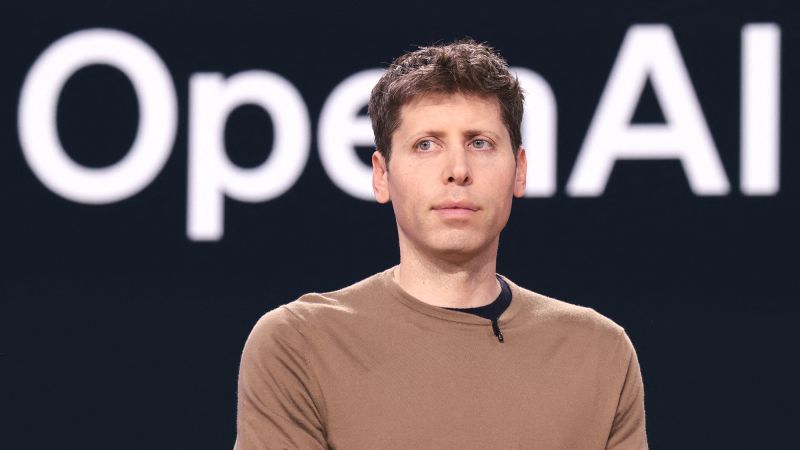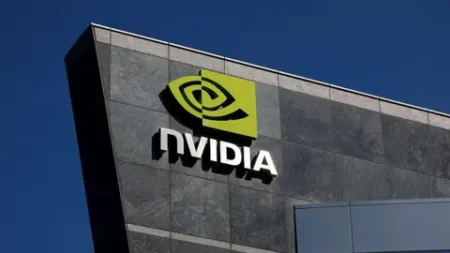On Thursday, OpenAI unveiled GPT-5, an advanced iteration of the AI model pioneering the ChatGPT platform. The newest version is touted to be significantly faster and more proficient than its predecessor, GPT-4. This launch occurs amid heightened competition in the AI domain and escalating concerns regarding the technology’s effects on mental health and professional job markets. OpenAI is actively addressing these concerns while striving to maintain its standing as a leader in artificial intelligence development.
One of the defining characteristics of GPT-5 is its enhanced capabilities across various tasks, including writing, coding, and providing health-related information. OpenAI claims that this upgraded version will notably reduce instances of “hallucinations,” a term utilized to describe scenarios where the AI fabricates information or presents inaccurate responses. The goal is to ensure that users receive reliable and contextually appropriate replies even when the AI encounters questions beyond its knowledge base.
New AI models are essential because they directly influence the functioning and evolution of applications like ChatGPT. Sam Altman, the CEO of OpenAI, referred to GPT-5 as a “significant step” toward achieving artificial general intelligence—where AI systems reach a level of cognitive ability comparable to humans. In a conference with reporters, Altman elaborated, stating that the interaction with GPT-5 resembles conversing with an expert in a specific field, likening it to the difference between engaging with a college student and a PhD-level authority on the topic.
In addition to its availability in ChatGPT, GPT-5 extends its reach to developers who create applications and services utilizing OpenAI’s technology, showcasing its versatility. The update also signifies a substantial focus on software development, with Altman asserting that the model could seamlessly generate comprehensive software solutions. This practice, known informally as “vibe coding,” was demonstrated when a simple command requested ChatGPT to create a French learning website, illustrating the model’s practical potential in software development.
As such advancements unfold, the role of AI in written communication and coding assumes increasing prominence. Projections from industry leaders indicate that AI-generated code could substantially dominate future coding efforts; for instance, Meta’s CEO, Mark Zuckerberg, has ventured that nearly half of his company’s code could be AI-produced next year. Similarly, Satya Nadella, CEO of Microsoft, estimates that AI might be responsible for 20-30% of coding tasks. However, concerns persist within the industry, particularly about AI potentially triggering increased unemployment rates, as articulated by Dario Amodei, CEO of Anthropic.
Addressing critical ethical concerns, OpenAI’s new model aims to mitigate instances of deception or misinformation, which are critical points highlighted in research by organizations such as Anthropic and Apollo Research. Previous iterations showed tendencies for the AI to claim capabilities it did not possess, prompting calls for greater transparency and accountability. With GPT-5, OpenAI states it has enhanced the model’s training to emphasize honesty and accuracy in challenging scenarios.
GPT-5 is also designed to handle queries with caution, particularly those that may be harmful. While specifics were not disclosed on its implementation, the model aims to deliver responses that are constructive yet within safe parameters, according to OpenAI’s safety research lead, Alex Beutel. The adjustments are timely, as growing anxiety surrounding technology’s influence on mental well-being has surfaced. Anecdotal evidence highlights this, including cases where individuals developed emotional dependencies on AI interactions, leading to strained personal relationships.
Despite these challenges and concerns, OpenAI remains a formidable player in the AI sector, with ChatGPT rapidly approaching an impressive 700 million weekly active users. Nevertheless, competition continues to intensify, particularly among younger demographics. Research from SimilarWeb suggests emerging AI applications like Perplexity, DeepSeek, and others are attracting usage among 18 to 34-year-olds. In this competitive environment, Zuckerberg has made headlines by offering lucrative compensation packages to secure top talent in the field.
Importantly, the launch of GPT-5 coincides with significant growth in the educational and governmental spheres. OpenAI is expanding its collaborations, such as a partnership with Instructure—provider of classroom software—and launching specialized modes for educational purposes like study aids in ChatGPT. Furthermore, discussions surrounding potential AI infrastructure projects, including a substantial $500 billion initiative called Stargate with the previous administration, reinforce OpenAI’s increasing influence within public and private sectors. Altman’s periodic appearances in Washington D.C. signify the increasing relevance of AI in policy and governance, further establishing OpenAI’s foothold in the dynamic landscape of artificial intelligence development.











